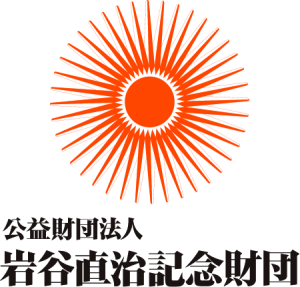ナフタレン骨格が誘導するSuperoxideの消去と生成に関する研究

論文名「Reactivities of 1,2-, 1,3-, and 1,4- Dihydroxynaphthalenes toward Electrogenerated Superoxide in N,N-Dimethylformamide through Proton-coupled Electron Transfer」がElectrochimica Acta誌(Elsevier.inc)に掲載されました。
We have carried out an electrochemical and theoretical study on the reactivity of 1,2-, 1,3-, and 1,4-dihydroxynaphthalenes (1nH2NQ, n = 2, 3, 4) toward electrogenerated superoxide radical anion (O2•−) in N,N-dimethylformamide. Cyclicvoltammetry and in situ electrolytic electron spin resonance measurements revealed that the quinone–hydroquinone π-conjugation plays an important role in a successful O2•− scavenging by 12H2NQ and 14H2NQ through proton-coupled electron transfer (PCET) reaction. The reactivities of 12H2NQ and 14H2NQ toward O2•− were mediated by the ortho- (catechol) or para-diphenol (hydroquinone) moieties, as experimentally confirmed in comparative analyses with catechol, hydroquinone, and 13H2NQ, aided by density functional theory (DFT) calculations. The electrochemical and DFT results suggested that a concerted PCET mechanism involving two-proton transfers and one-electron transfer proceeds, demonstrating a successful O2•− scavenging by 12H2NQ and 14H2NQ. Furthermore, a subsequent electron transfer between molecular dioxygen and product-naphthoquinone-radicals was observed, where O2•− was regenerated. The DFT analysis suggested that the spin distribution on the planar naphthalene ring embodies the superior kinetics of the PCET and the subsequent generation of O2•− from dioxygen demonstrated in the electrochemical results.
Keywords: Proton-coupled electron transferSuperoxide radical anionAnticancerNaphthoquinoneDensity functional theory
Tatsushi Nakayama, and Bunji Uno
Electrochimica Acta 2022, 436(20) 141467
DOI:doi.org/10.1016/j.electacta.2022.141467




